Once again. We have discovered that probably the design for side a on the G tablet was created in order to connect the relevant heliacal stars with the dates as they would have been in the Golden Age. This epoch seems to have been preserved intact not only since the time of the great pyramids in ancient Egypt but, according to the Mayas, even from the earlier time when Ursa Major (Itzam-Yeh) had been dethroned from the top of the Cosmic World Tree.
The relevant star of Itzam-Yeh was evidently omikron at the nose of Ursa Major:
... This pot depicts one of the Hero Twins (One-Ahaw in the Classic texts and One-Hunaphu in the K'iche' Popol Vuh) and a great bird who is trying to land in a huge ceiba tree heavy with fruit. This mythical bird is Itzam-Yeh, Classic prototype of Wuqub-Kaqix, 'Seven-Macaw', of Popol Vuh fame. In that story, in the time before the sky was lifted up to make room for the light, the vainglorious Seven-Macaw imagined himself to be the sun. Offended by his pride, the Hero Twins humbled him by breaking his beautiful shining tooth with a pellet from their blowgun. This pot shows One-Ahaw aiming at the bird as he swoops down to land in his tree. As Itzam-Yeh lands on his perch, the text tells us he is 'entering or becoming the sky'. This particular 'sky-entering' is not the one mentioned in the Palenque text. It is the final event that occurred in the previous creation before the universe was remade. Before the sky could be raised and the real sun revealed in all its splendor, the Hero Twins had to put the false sun, Itzam-Yeh, in his place. If the date on this pot corresponds to that pre-Columbian event, as we believe it does, then Itzam-Yeh was defeated on 12.18.4.5.0.1 Ahaw 3 K'ank'in (May 28, 3149 B.C.). After the new universe was finally brought into existence, First Father also entered the sky by landing in the tree, just as Itzam-Yeh did ...
All knew (at least their Northwest Coast neighbours would have known) that when salmon fish were spawning they migrated high up ('climbed up') as far as they could and afterwards they all died. ... There is no need to go into detail regarding the further creeds and customs [in addition to the belief in Kane / Tane] in which various Maori-Polynesian tribes follow the pattern of their Northwest Coast neighbors, such as nose rubbing as a salute, topknots as masculine coiffure, feathers of big birds as hair decoration, head flattening, body tattooing, finger severance, fire walking, armor for combat, the tongue as a symbol of defiance, and weapons carved as stylized heads with an outstretched tongue as the blade, the ignorance of stringed musical instruments which had their main world center between India and Indonesia, and a Maori repetition of the Northwest Coast rattles, percussion instruments, and the wooden flute or flageolet carved as a grotesque human face with sound issuing from its wideopen mouth, the system of taboo, the dread of burial in the ground and preference in both areas of placing the dead on wooden platforms raised on poles, the dried-up remains or skeletons wrapped in bark blankets and deposited in a sitting position with knees below chin in caves, trees, or (also in both areas) in part of a canoe ... …to enter a war canoe from either the stern or the prow was equivalent to a 'change of state or death'. Instead, the warrior had to cross the threshold of the side-strakes as a ritual entry into the body of his ancestor as represented by the canoe. The hull of the canoe was regarded as the backbone of their chief. In laments for dead chiefs, the deceased are often compared to broken canoes awash in the surf ... Later the feeble offspring would begin their lives by following the law of gravity, moving downwards again with the water. This great spectacle was repeated each night. At Gemini was the place of 'spawning' and when later the outline of the Milky Way was turned upside down it became (began to look like) a 'Crocodile Canoe':
The view was the same irrespective of the longitude of the
observer. Therefore it was no miracle that the Roman bireme
above had a crocodile at her star-board ster-n.
October 9 (282) - 64 = 218 (AUGUST 6) = 183 + 35 (FEBRUARY 4,
400), where Spica could be seen - and half a year later this
place was at Adhil (the Garment's Train,
ξ Andromedae, *19).
Te Taka-pau
39 variants of uhi - STOLEN by Teke from his brother
Ma'eha
[E:58-64]
18
13
7
SIRRA
ADHIL (*19)
MIRA (*33)
BHARANI (*41)
ALCHITA (*183)
SPICA (*202)
KHAMBALIA (*216)
ZUBEN ELGENUBI (*224)
0h
39 (= 3* 13)
At the end the Sky Canoe was sinking, bringing the First Father down to
the place of Creation.
The 'run' had begun at ο Ursae
Majoris and had ended at ο Leonis. 365 + 18 (= 161 - 143) = 383
= 380 + 3 = 13 * 29½ - ½.
Fibonacci: 1, 1, 2, 3, 5, 8, 13,
21, 34, 55 ... → 1.618033998 ... = φ = (1 + √5) / 2.
...
Presumably the rongorongo
creators also allowed themself this kind of liberty.
For the flow of waters caused by the Moon was at
least as important as the path of the ecliptic.
... Moon returns to the same place in the sky after about 24
hours and 50 minutes, which means the tidal period will be half
as long (12 hours and 25 minutes) ...
24h 50' corresponds to (24 + 50/60) * 365¼
/ 24 = ca 380 right ascension days (= 364 + 16). Presumably the
difference between 380 (Moon) and 364 (Sun) - which happened to
correspond to the difference between when the star returned to
visibility and its true heliacal position - motivated the
addition of an extra cycle ...
... The king,
wearing now a short, stiff archaic mantle, walks in a grave and
stately manner to the sanctuary of the wolf-god Upwaut,
the 'Opener of the Way', where he anoints the sacred standard
and, preceded by this, marches to the palace chapel, into which
he disappears. A period of time elapses during which the pharaoh
is no longer manifest.
When he reappears
he is clothed as in the Narmer palette, wearing the kilt with
Hathor belt and bull's tail attatched. In his right hand he
holds the flail scepter and in his left, instead of the usual
crook of the Good Shepherd, an object resembling a small scroll,
called the Will, the House Document, or Secret of the Two
Partners, which he exhibits in triumph, proclaiming to all in
attendance that it was given him by his dead father Osiris,
in the presence of the earth-god Geb. 'I have run', he
cries, 'holding the Secret of the Two Partners, the Will that my
father has given me before Geb. I have passed through the
land and touched the four sides of it. I traverse it as I
desire.' ...
... The month,
which takes its name from Juppiter the oak-god,
begins on June 10th and ends of July 7th. Midway
comes St. John's Day, June 24th, the day on which
the oak-king was sacrificially burned alive. The
Celtic year was divided into two halves with the
second half beginning in July, apparently after a
seven-day wake, or funeral feast, in the oak-king's
honour
...
5 Imix 9 Kumk'u
Rishu A.-13 (Head of the Lion)
ψ Leonis (146.4),
RAS ELASET AUSTRALIS = ε Leonis
(146.6)
VATHORZ
PRIOR = υ Carinae
(147.9)
Star-25 (Horse) /
ANA-HEU-HEU-PO-5 (Pillar where debates were held)
Al Tarf-7 (The End)
*102.0 = *143.4 - *41.4
A
Hydrae
(144.1)
Creation of our present world
UKDAH (Knot)
= ι Hydrae
(145.4), κ Hydrae (145.5),
SUB-RA
= ο Leonis
(145.8)
*104.0 = *145.4 - *41.4 (= *288 - *184)
Itzam-Yeh
defeated
28 May (148),
3149 BC
1st 3-stone place
21 May (141),
3114 BC
Creation of our
present world
13 August (225),
3114 BC
Och ta chan (Hun-Nal-Ye 'entered
or became the sky')
5 February (36),
3112 BC
21 May, 3114 BC -
5 February, 3112 BC = 542
542 'happens to
be' the sum of 365 days and 6 *
29½ nights.
... Makoi
replied, 'In Hiva the land belongs to him - the land
here is mine, not his [tae oona]!'
They stayed (there longer). On the fifth day of the
month of July (Anakena), they all got up,
went downhill, went on, and reached Hanga Te Pau.
They took their provisions with them, carrying them
on their shoulders, went on, and reached Te Pou.
They made camp and slept in Te Pou on the
tenth of the month of July (Anakena). Then
they all got up, carried their provision on their
shoulders, went straight ahead, and followed the
path of the dream soul of Hau Maka. They came
to Hua Reva and said, This is Hua Reva A
Hau Maka!...
[E:21-22] Hua. 1.
Testicle. 2. Figuratively: son, hua tahi,
only son; fruits of the earth; to grow well (of
fruits). 3. To cause a fight, a quarrel. Hua-ai,
generation, as lineage of direct descendents;
contemporaries. Huahua, coccyx of bird, 'parson's nose':
huahua moa, huahua uha. Huataru, a
creeper (Chenopodium ambiguum).
Vanaga. 1. The same; ki hua, again, to
continue, to strain, to struggle, to move, to
repeat, over and above. Mq.: hua, the same,
to return, to recommence. 2. To bloom, to sprout;
flower, fruit (huaa); huaa tae oko,
huaa vahio, young fruit; hua atahi, only
son; huahaga, fruit; mei te huahaga o
tokoe kopu, the fruit of thy body; tikea
huahaga, deceptive appearance. P Pau.: ua,
to be born; huahaga, lineage. Mgv.: hua,
to produce (said of trees, grain, etc.), blooming
time of flowers, abundance of fruit. Mq.: hua,
to produce, to bear fruit. Ta.: ua, to
sprout. Huahua. 1. Tailless fowl. 2. Vein,
tendon, line. 3. Mgv.: huahua, pimples
covering the face. Ta.: huahua, id. Mq.:
hua, tubercules. Sa.: fuafua, abscess on
hand or feet. Ma.: huahua, small pimples.
Pau.: Hua-gakau, rupture. Ta.: áau,
entrails. Sa.: ga'au, id. Ma.: ngakau,
id. Churchill. 1. Fruit. 2. Egg. 3. Tā
hua = 'genealogical writing' or 'same writing'.
Fischer.
Al Sa'd al Su'ud-22 (Luckiest of the Lucky) /
Emptiness-11 (Rat)
CASTRA
= ε Capricorni
(327.2),
BUNDA
= ξ Aquarii
(327.5)
Mahar sha hi-na Shahū-26 (Western One in the Tail of
the Goat)
Arkat sha hi-na Shahū-27 (Eastern One in the Tail of
the Goat)
ENIF (The Nose)
=
ε
Pegasi,
ERAKIS
=
μ
Cephei
(329.2),
46 CAPRICORNI,
JIH (the Sun)
=
κ
Pegasi
(329.3),
ι
Piscis Austrini (329.4),
λ
Capricorni (329.6),
ν
Cephei (329.7),
DENEB ALGIEDI
=
δ
Capricorni
(329.8)
θ
Piscis Austrini
(330.1), λ Octantis (330.7) ... On February 9
the Chorti Ah K'in, 'diviners', begin the
agricultural year. Both the 260-day cycle and the
solar year are used in setting dates for religious
and agricultural ceremonies, especially when those
rituals fall at the same time in both calendars. The
ceremony begins when the diviners go to a sacred
spring where they choose five stones with the proper
shape and color. These stones will mark the five
positions of the sacred cosmogram created by the
ritual. When the stones are brought back to the
ceremonial house, two diviners start the ritual by
placing the stones on a table in a careful pattern
that reproduces the schematic of the universe. At
the same time, helpers under the table replace last
year's diagram with the new one. They believe that
by placing the cosmic diagram under the base of God
at the center of the world they demonstrate that God
dominates the universe. The priests place the stones
in a very particular order. First the stone that
corresponds to the sun in the eastern, sunrise
position of summer solstice is set down; then the
stone corresponding to the western, sunset position
of the same solstice. This is followed by stones
representing the western, sunset position of the
winter solstice, then its eastern, sunrise position.
Together these four stones form a square. They sit
at the four corners of the square just as we saw in
the Creation story from the Classic period and in
the Popol Vuh. Finally, the center stone is placed
to form the ancient five-point sign modern
researchers called the quincunx ... ... These 5
stones brought up from the sacred spring formed the
pattern of Tawantinsuyu - Land defined from
its 4 coloured corners together with a 5th such (its
Head) in the center standing up tall like a Tree (or
a Tentpole):
For also he was bound to return
... All this, which in so many ways
parallels the normal imagery of the Old World culture-hero
myths, telling of the one who is gone, dwells underground in
a happy, timeless land, as lord of the realm of the happy
dead, like Osiris, but will
rise again, we can read without surprise. But what is
surprising indeed was the manner of Quetzalcoatl's
actual return. The priests and astrologers did not know in
what cycle he was to reappear; however, the name of the year
within the cycle had been predicted, of old, by
Quetzalcoatl himself. Its sign was
'One Reed' (Ce Acatl),
which, in the Mexican calendar, is a year that occurs only
once in every cycle of fifty-two. But the year when Cortes
arrived, with his company of fair-faced companions and his
standard, the cross, was precisely the year 'One Reed'. The
myth of the dead and resurrected god had circumnavigated the
globe ...
|
|||||||||||||||||||||||||||||||||||||||||||||||||||||||||||||||||||||||||||||||||||||||||||||||||||||||||||||||||||||||||||||||||||||||||||||||||||||||||||||||||||||||||||||||||||||||||||||||||||||||||||||||||||||||||||||||||||||||||||||||||||||||||||||||||||||||||||||||||||||||||||||||||||||||||||||||||||||||||||||||||||||||||||||||||||||||||||||||||||||||||||||||||||||||||||||||||||||||







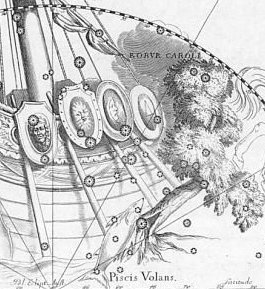


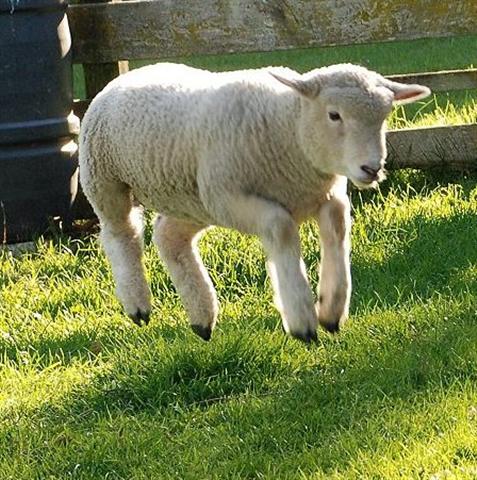
.jpg)

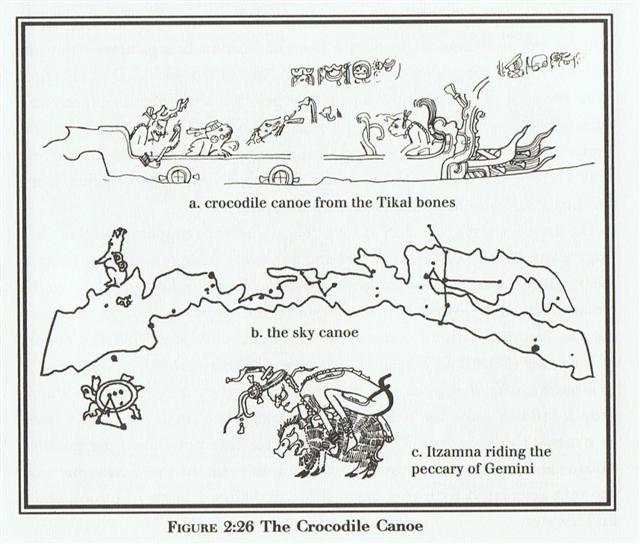
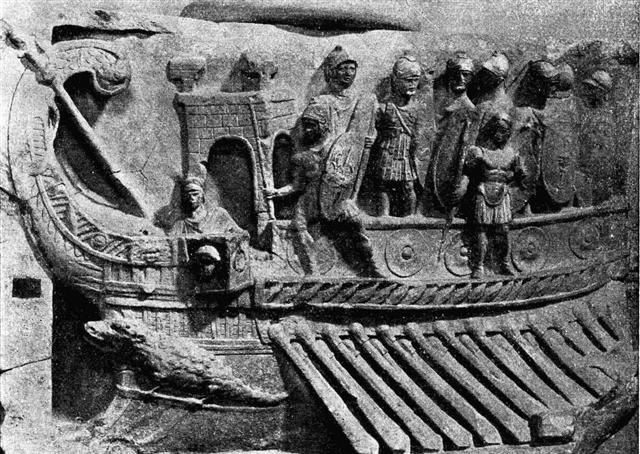




.jpg)
.jpg)


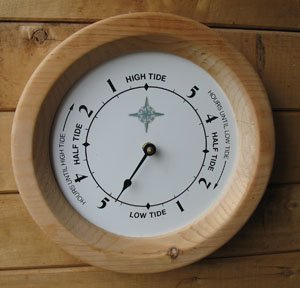






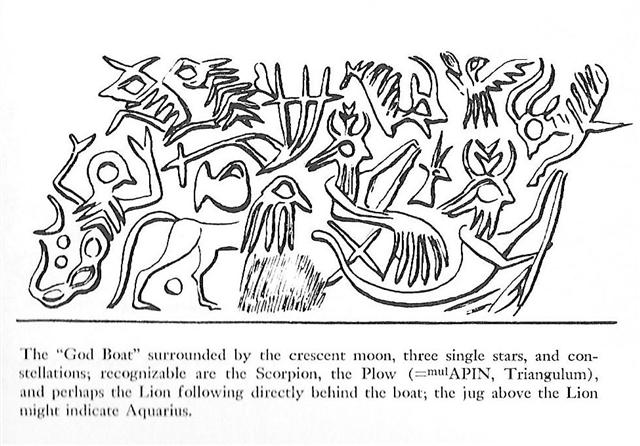



.jpg)
.jpg)